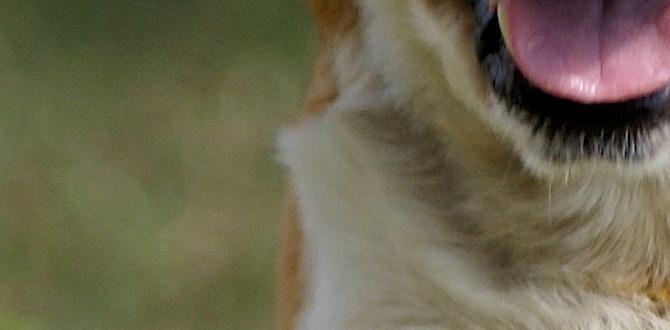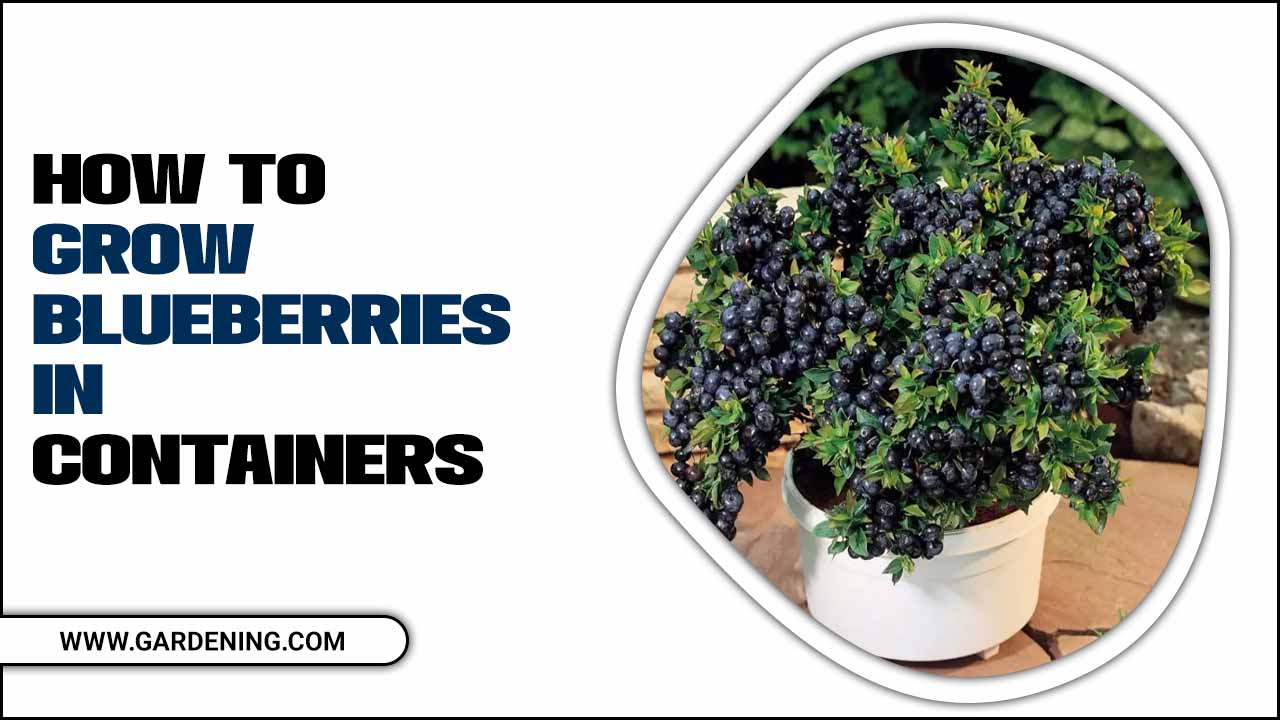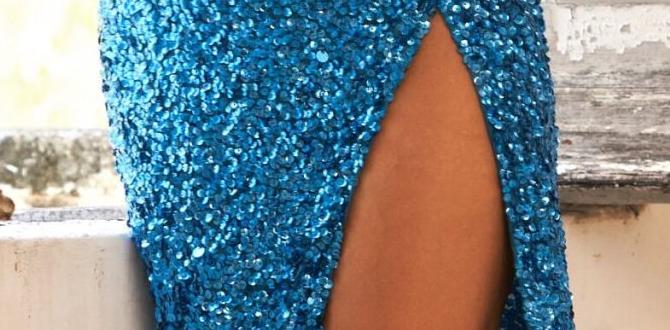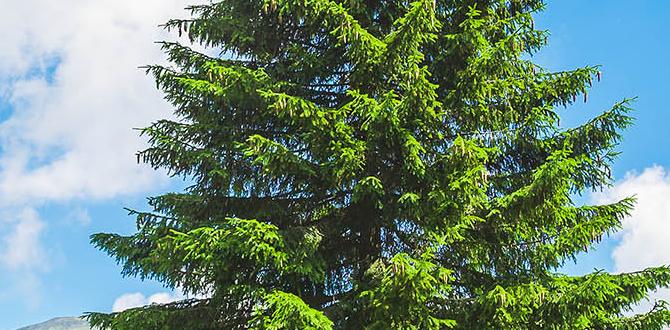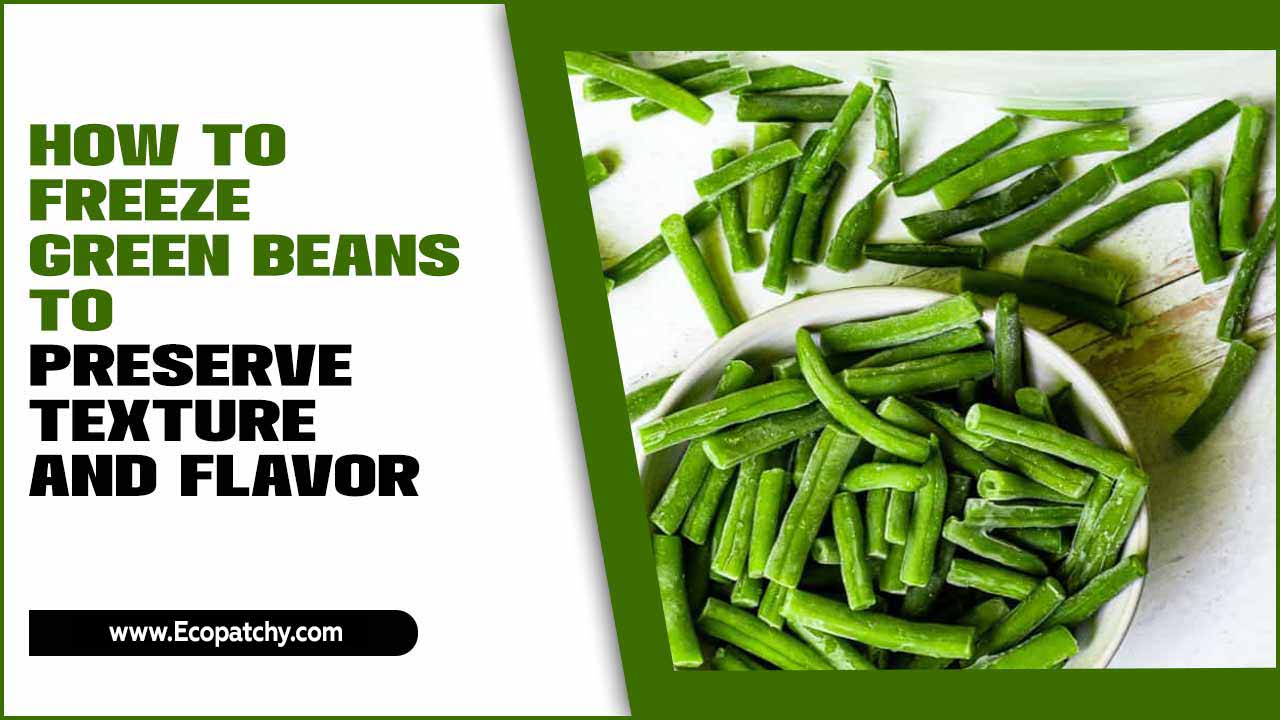Have you ever watched a hummingbird zip around your garden? These tiny birds are fascinating. They can fly backward, hover in mid-air, and beat their wings up to 80 times a second! Imagine how magical it would be to attract them to your yard.
Gardening for hummingbirds can create a lively paradise. With a few simple steps, you can invite these amazing creatures to visit. Do you wonder which plants will draw them in? Or maybe you’re curious about the best colors to catch their eye? Let’s explore the colorful world of hummingbird gardening together.
Did you know that hummingbirds love red? Bright flowers like cardinal flower and bee balm can brighten your garden while bringing in these delightful birds. Plus, creating the right environment not only helps hummingbirds but also makes your yard more beautiful.
Join us on this journey to learn how to create the perfect garden for hummingbirds. You might be surprised at how easy and fun it is!
Gardening For Hummingbirds: Attracting Beauty To Your Yard

Gardening for Hummingbirds
Creating a garden for hummingbirds can be magical. Did you know these tiny birds flap their wings up to 80 times a second? To attract them, plant bright, tubular flowers like columbine and trumpet vine. Providing food and clean water is key. Also, consider hanging feeders filled with a sugar-water mix. Remember, they love a safe space, too. With the right plants and care, your garden can become a hummingbird paradise!Understanding Hummingbird Behavior
Importance of hummingbirds in the ecosystem. Common behaviors and feeding habits.Hummingbirds are tiny but mighty. They help flowers grow by spreading pollen. This makes them crucial for our ecosystem. They eat nectar and insects to stay alive, showing different behaviors while feeding. You might see them hovering, darting, or even chasing each other! These actions help show their playful nature.
- Highly agile flyers that can fly backward.
- Fast eaters consuming twice their body weight in nectar daily.
Why are hummingbirds important?
Hummingbirds are vital for helping plants reproduce. They allow many flowers to grow by moving pollen. More flowers lead to a healthier environment.
Common Feeding Habits:
- Visit brightly colored flowers.
- Feed early in the morning or late afternoon.
- Use their long beaks to reach nectar.
Choosing the Right Plants
Best flowering plants that attract hummingbirds. Native vs. nonnative plants and their impact.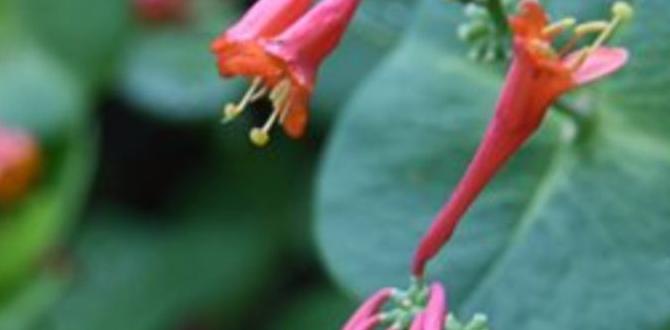
Picking the right flowers is key to attracting hummingbirds. These tiny birds love bright colors and sweet nectar. Some great choices are bee balm, salvia, and trumpet vine, which can charm them into your garden. Native plants are especially important as they provide the best food and shelter. Non-native plants may not be as helpful and can sometimes be like a gourmet meal—inviting but not very healthy!
| Type of Plant | Examples | Benefits |
|---|---|---|
| Native | Bee Balm, Coneflower | Best for hummingbirds; support local ecosystems |
| Nonnative | Petunia, Geranium | Pretty but less nutritious |
Optimal Garden Layout and Design
Designing a hummingbirdfriendly garden layout. Importance of sunlight and sheltering areas.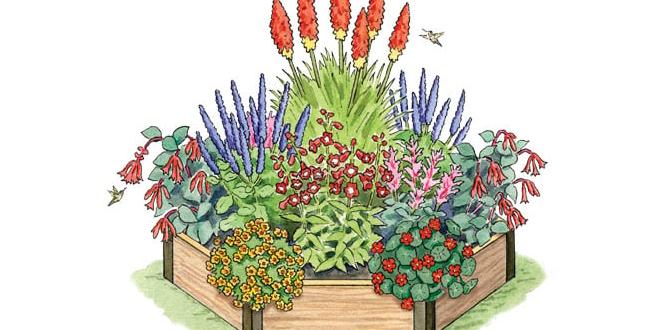
Creating a friendly place for hummingbirds is fun and easy! Start by planning your garden layout. Make sure there’s plenty of sunlight, as these birds love bright spots. Add sheltering areas like shrubs or trees. This gives them a place to rest. Here are some tips to help you design:
- Plant flowers that bloom at different times.
- Choose bright colors like red and orange.
- Cluster plants to attract more birds.
- Provide water sources like bird baths.
Remember, a happy garden means happy hummingbirds!
What do hummingbirds need in a garden?
Hummingbirds need bright flowers, sunlight, and shelter from wind. They also enjoy a source of fresh water for drinking and bathing.
Providing Essential Resources
Water sources: bird baths and misters. Food sources: nectar recipes and feeders.Hummingbirds need water and food to thrive in your garden. Bird baths and misters provide gentle water sources where they can drink and bathe. Make sure the water is clean and shallow. For food, you can offer sweet nectar. Mix four parts water with one part sugar to create a simple nectar recipe. Hang feeders filled with this nectar to attract hummingbirds. Here are some tips:
- Use a shallow bird bath for easy access.
- Change water regularly to keep it fresh.
- Place feeders in sunny spots for visibility.
What do hummingbirds eat?
Hummingbirds eat nectar from flowers and feeders. They also enjoy tiny insects for protein. This balanced diet helps them stay healthy and energetic.
Seasonal Considerations for Hummingbird Gardens
Plants that bloom in different seasons. Migratory patterns and timing for planting.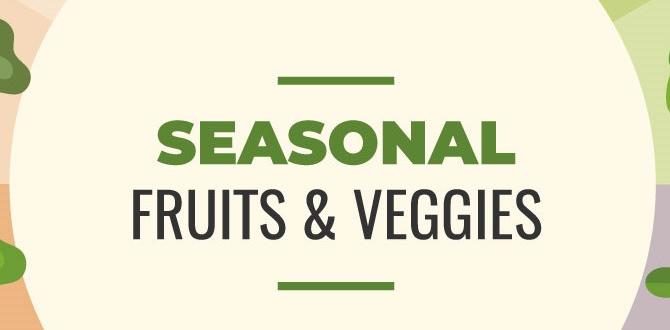
Creating a vibrant hummingbird garden starts with planting flowers that bloom in different seasons. Hummingbirds love colorful blooms. During spring, consider planting salvias and columbines. In summer, opt for bee balm and petunias. In fall, bright asters and sedums will keep them around as they prepare for their long trip south. Timing matters too! Hummingbirds migrate based on the weather and food sources. So, know when to plant to make sure they have tasty meals waiting for them!
| Season | Suggested Plants |
|---|---|
| Spring | Salvias, Columbines |
| Summer | Bee Balm, Petunias |
| Fall | Asters, Sedums |
Maintaining Your Hummingbird Garden
Best practices for garden maintenance. Tips for keeping feeders clean and filled.To keep your hummingbird garden happy, regular maintenance is key! Check your feeders often. Hummingbirds are hungry little creatures, and they love a fresh buffet. Make sure to clean the feeders every few days to avoid icky mold. If your nectar is cloudy, it’s time to refill! Plant vibrant flowers like salvia and bee balm, as they attract these tiny flyers. With a splash of color and a clean setup, your garden will be buzzing!
| Task | Frequency |
|---|---|
| Clean Feeders | Every 3-5 days |
| Refill Nectar | As needed |
| Water Plants | Weekly |
Identifying Different Hummingbird Species
Common species in North America. Geographic differences and adaptations.Hummingbirds come in many types, each with its own flair. In North America, you can spot the Ruby-throated Hummingbird, famous for its bright red neck. Then there’s the Black-chinned Hummingbird, known for its sneaky charm. Geographic differences play a role in how these little birds adapt. For instance, those in the cooler regions grow fluffier feathers to stay warm. If you’re lucky, you might spot a few buzzing around your garden!
| Species | Color | Habitat |
|---|---|---|
| Ruby-throated Hummingbird | Green with a red throat | Eastern U.S. and Canada |
| Black-chinned Hummingbird | Green with a black throat | Southwest U.S. |
| Anna’s Hummingbird | Bright green and pink | West Coast |
Engaging with Hummingbirds: Observation and Photography Tips
Techniques for attracting hummingbirds for observation. Photography tips for capturing these quick creatures.
To attract those tiny, fluttering friends, add colorful flowers like bee balm, trumpet vine, and salvia to your garden. Hummingbirds love bright hues, especially red! Use feeders filled with sugar water—mix 1 part sugar and 4 parts water. Don’t use food dye; nature doesn’t need sparkles! For photography, use a fast shutter speed to capture their rapid movement. Aim for early morning or late afternoon when the light is best. Remember to be still; these little guys are super quick and have excellent eyesight!
| Attracting Hummingbirds | Photography Tips |
|---|---|
| Use bright, colorful flowers | Use a fast shutter speed |
| Fill feeders with sugar water | Photograph in good light |
| Avoid food dyes | Be patient and still! |
Community Involvement and Conservation Efforts
How to get your community involved in hummingbird gardening. Importance of conservation efforts for habitats.
Getting your community involved in gardening for hummingbirds can be fun and rewarding. Start by hosting a neighborhood garden day. Share tips on plants that attract hummingbirds, like bee balm and salvia. Encourage everyone to plant a small garden in their yard. You can even create a friendly competition to see who can attract the most hummingbirds!
Conservation efforts are vital for protecting these tiny birds and their homes. Hummingbirds rely on specific plants for food, and without them, they can struggle to survive. By working together, communities can restore habitats and create safe spaces for hummingbirds. Remember, “A garden shared is a garden cared for!”
| Community Action | Benefit |
|---|---|
| Planting native flowers | Attracts more hummingbirds |
| Organizing cleanup events | Protects their habitats |
| Creating awareness | Increases community knowledge |
Conclusion
In conclusion, gardening for hummingbirds is fun and rewarding. Plant colorful flowers they love, like bee balm and salvia. Provide food and water sources to attract them. You can create a lively garden that supports these beautiful birds. Start your hummingbird garden today! For more tips, check out books or websites about gardening for wildlife. Happy gardening!FAQs
What Types Of Flowers Are Most Attractive To Hummingbirds And How Can I Incorporate Them Into My Garden Design?Hummingbirds love bright, tubular flowers. Some great choices are bee balm, salvia, and trumpet vine. You can plant these flowers in sunny spots in your garden. Make sure to group them together to attract more hummingbirds. They will enjoy visiting your garden!
How Can I Create A Hummingbird-Friendly Habitat That Provides Food, Water, And Shelter?You can create a hummingbird-friendly habitat by planting colorful flowers that attract them. Choose plants like bee balm or salvia. You can also hang hummingbird feeders filled with sugar water. Make sure to clean the feeders often. Finally, provide a small birdbath with fresh water for them to drink and bathe in.
What Are The Best Practices For Maintaining Hummingbird Feeders, Including Cleaning And Feeding Schedule?To take care of hummingbird feeders, you should clean them once a week. Use hot water and soap to wash the feeder. Rinse it well to remove all the soap. Fill it with a sugar-water mix; that’s one part sugar and four parts water. Change the sugar water every few days, especially if it’s hot outside. This keeps the hummingbirds healthy and happy!
How Can Planting Native Plants In My Garden Attract More Hummingbirds To The Area?Planting native plants in your garden can help attract more hummingbirds. These plants produce flowers that hummingbirds love. They provide food through sweet nectar. Native plants also create a safe home for them. When you grow these plants, you make your garden a special place for hummingbirds.
What Role Do Colors And Scents Play In Attracting Hummingbirds To Specific Plants?Colors and scents help attract hummingbirds to flowers. Hummingbirds love bright colors like red, orange, and pink. These colors catch their eyes and tell them where food is. Sweet scents also draw them in, guiding them to the right plants. By using colors and smells, plants make it easy for hummingbirds to find food.

